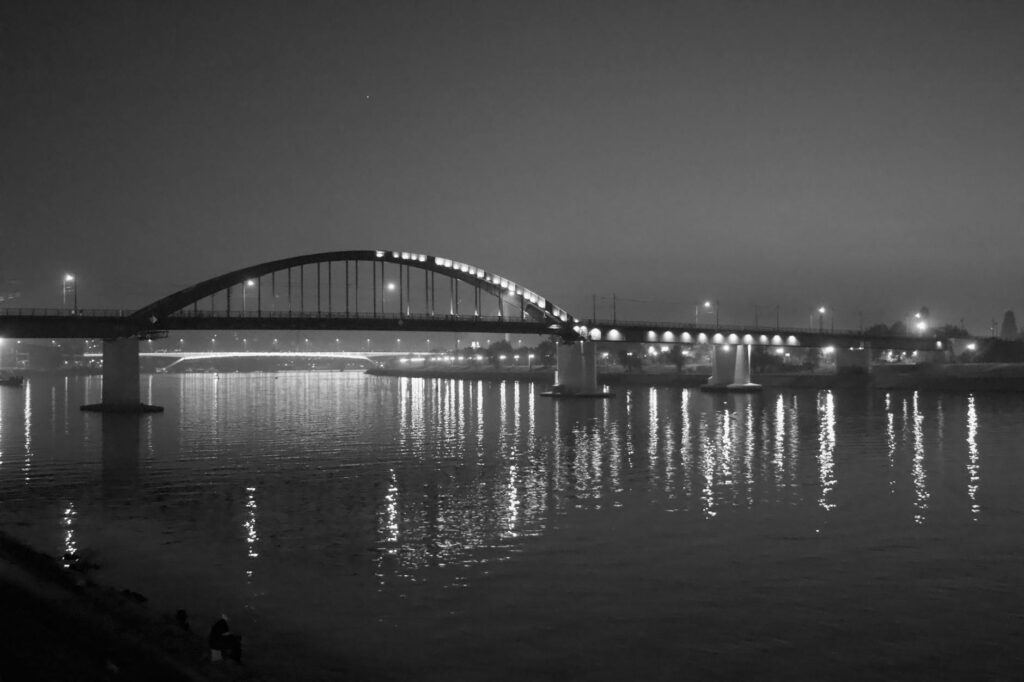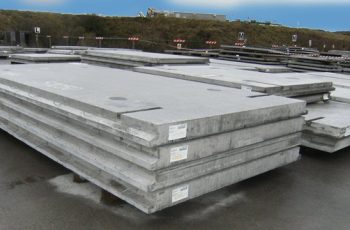Choosing the right foundation is crucial for any construction project, and concrete piers often play a vital role. They provide a strong, stable base, particularly on unstable or uneven ground. This post will delve into the world of concrete piers, exploring their types, applications, and the process of installation.
Understanding Concrete Piers
Concrete piers, also known as piles or caissons, are vertical structural elements driven or poured into the ground to transfer building loads to a stable soil stratum. They’re incredibly versatile and can be used for various structures, from residential homes to large industrial buildings. 
Types of Concrete Piers
Several types of concrete piers cater to different soil conditions and project requirements. These include driven piers, which are hammered into the ground; cast-in-place piers, poured directly into excavated holes; and helical piers, which are screwed into the ground using specialized equipment. Choosing the right type depends on factors like soil composition and load-bearing capacity. Learn more about soil testing before deciding.
Applications of Concrete Piers
Concrete piers find extensive use in various applications. They’re commonly used for supporting foundations in areas with poor soil conditions, such as soft clay or loose sand. They are also ideal for underpinning existing structures, providing stability to structures built on unstable foundations. This resource offers further details on underpinning techniques. They are also used for retaining walls, bridge supports, and even for supporting heavy machinery. [IMAGE_2_HERE]
Concrete Pier Installation Process
The installation process varies depending on the type of pier used. Driven piers, for instance, require specialized machinery to drive them deep into the ground. Cast-in-place piers involve excavating holes, placing reinforcement, and pouring concrete. Helical piers offer a less invasive installation method. The entire process needs careful planning and execution to guarantee stability and longevity. Read our guide on foundation design for additional context.
Advantages of Using Concrete Piers
Concrete piers offer numerous advantages, including increased stability and load-bearing capacity, especially on unstable ground. They’re durable and long-lasting, requiring minimal maintenance. They also often offer a cost-effective solution compared to other foundation methods in challenging soil conditions. [IMAGE_3_HERE]
Considerations for Concrete Pier Projects
Before embarking on a concrete pier project, it is crucial to consult with geotechnical engineers to assess the soil conditions and determine the appropriate pier type and design. Factors such as depth, spacing, and diameter of the piers are critical for ensuring structural integrity. Find a qualified engineer here.
Common Problems and Solutions
While concrete piers are robust, potential issues can arise if the installation is not done properly. Common problems include settling, cracking, and corrosion. Regular inspections and preventative measures, such as proper drainage, can help mitigate these issues.
Maintenance of Concrete Piers
Regular inspections are recommended to check for any signs of damage or deterioration. Simple maintenance tasks, like clearing away debris and ensuring proper drainage, can greatly extend the lifespan of your concrete piers. Learn more about preventative maintenance.
In conclusion, concrete piers provide a reliable and effective foundation solution for various construction projects. Understanding their types, applications, and installation process is vital for any project involving challenging soil conditions. Careful planning and professional installation ensure a stable and long-lasting foundation.
Frequently Asked Questions
What are the different types of concrete piers? There are several, including driven, cast-in-place, and helical piers, each suited to different soil types and project needs.
How much do concrete piers cost? The cost varies considerably depending on factors such as the type of pier, soil conditions, and project scale. It’s best to obtain quotes from contractors.
How long do concrete piers last? With proper installation and maintenance, concrete piers can last for decades, even centuries.
What are the signs of failing concrete piers? Signs include noticeable settling, cracking, or tilting of the supported structure. Consult a professional if you notice any of these.
How do I choose the right concrete pier for my project? Soil testing and consultation with a structural engineer are crucial to determine the appropriate pier type and design for your specific needs and soil conditions.

